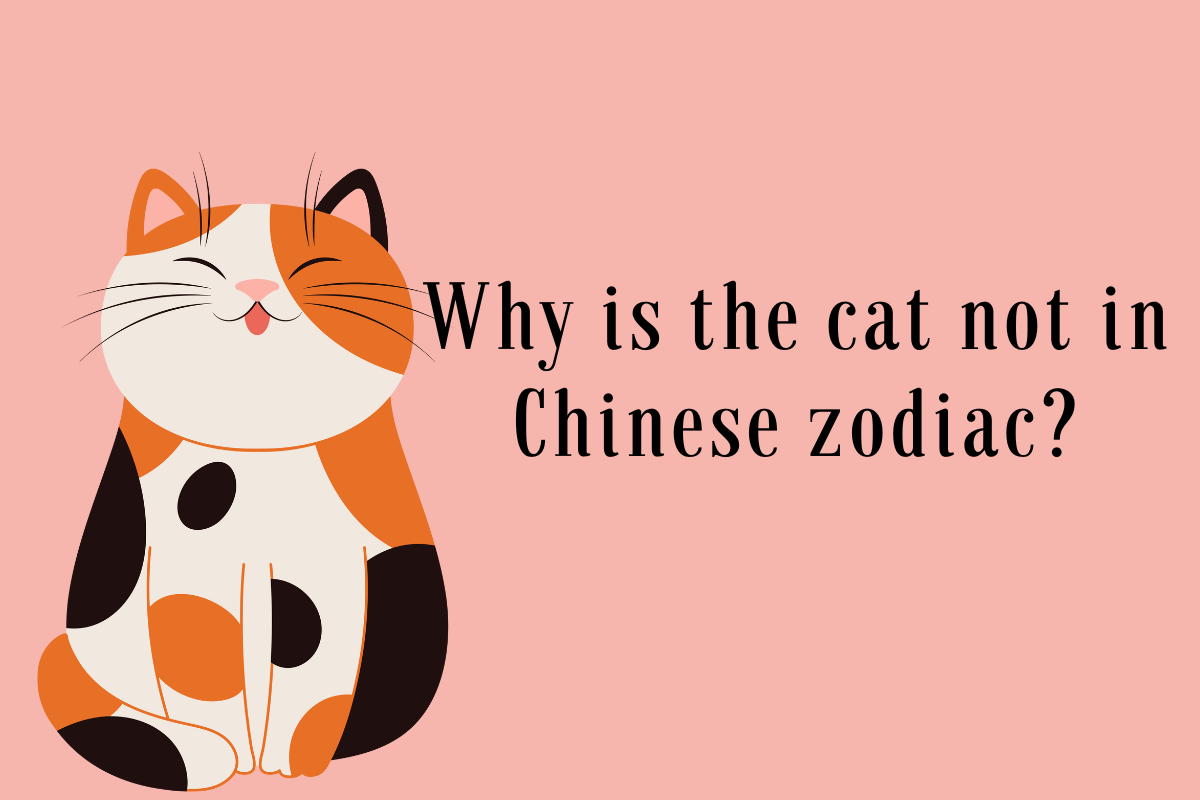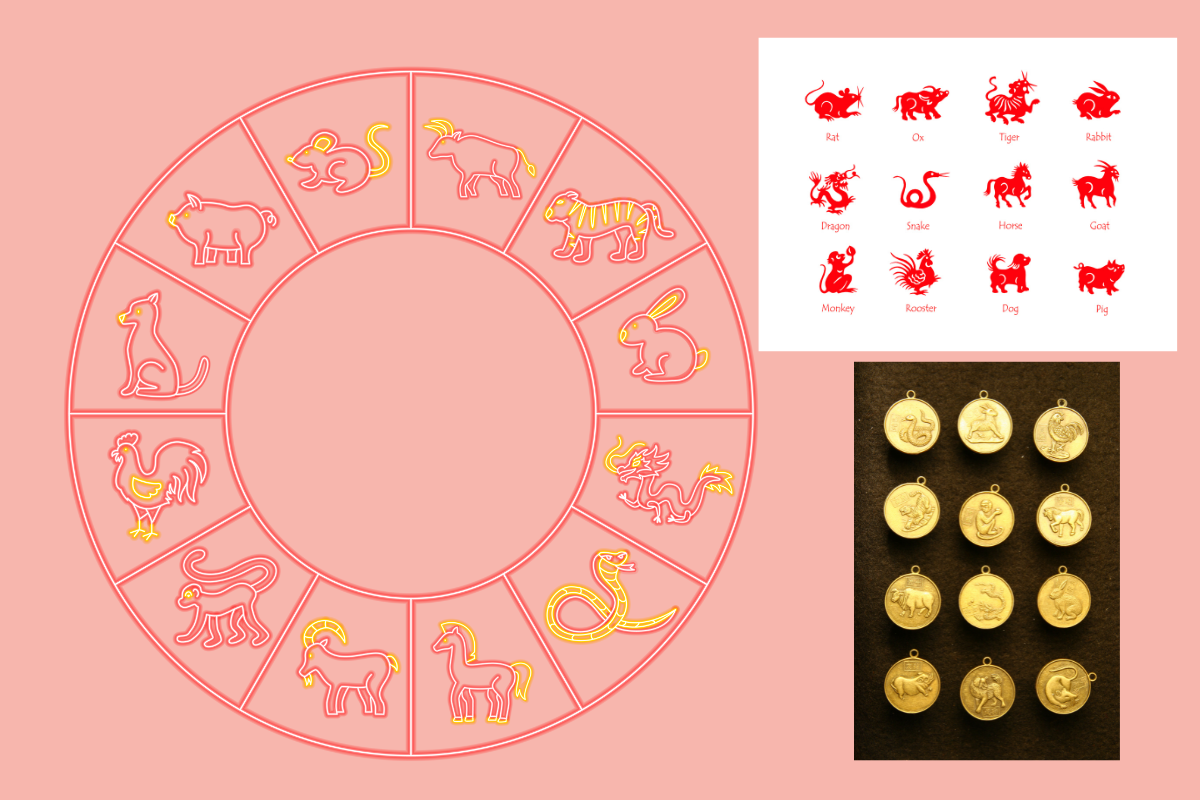Why is the cat not in Chinese zodiac?
In the Chinese Zodiac, the well-known twelve animal signs include Rat, Ox, Tiger, Rabbit, Dragon, Snake, Horse, Goat, Monkey, Rooster, Dog, and Pig. However, there's an intriguing question: Why is the cat not among them?

Legendary Tale
There's a legend associated with the omission of cats from the Chinese Zodiac, involving the origin of the zodiac signs. According to the tale, in ancient times, there was a selection competition for the zodiac animals. The Rat got wind of the event and informed its good friend, the cat. Unfortunately, the cat overslept and missed the message, failing to attend the selection. As a result, the Rat sailed to the event and successfully secured a place among the zodiac animals.
Chinese History and Culture
Beyond the legend, Chinese history and culture also offer some explanations for the absence of cats. In ancient times, cats were not as beloved as they are today. In contrast, dogs were always considered loyal companions, guarding homes, making them a favored choice for inclusion in the zodiac.
Symbolic Meanings of the Zodiac
Each zodiac animal carries unique symbolic meanings and cultural significance. The selection of these animals is often influenced by people's specific perceptions of animals and their symbolic importance in Chinese culture. Cats, lacking specific symbolic significance in traditional Chinese culture, didn't secure a place among the zodiac signs.

Ranking of the Twelve Chinese Zodiac Animals and Corresponding Years:
Rat (鼠): 1924, 1936, 1948, 1960, 1972, 1984, 1996, 2008, 2020
Ox (牛): 1925, 1937, 1949, 1961, 1973, 1985, 1997, 2009, 2021
Tiger (虎): 1926, 1938, 1950, 1962, 1974, 1986, 1998, 2010, 2022
Rabbit (兔): 1927, 1939, 1951, 1963, 1975, 1987, 1999, 2011, 2023
Dragon (龙): 1928, 1940, 1952, 1964, 1976, 1988, 2000, 2012, 2024
Snake (蛇): 1929, 1941, 1953, 1965, 1977, 1989, 2001, 2013, 2025
Horse (马): 1930, 1942, 1954, 1966, 1978, 1990, 2002, 2014, 2026
Goat (羊): 1931, 1943, 1955, 1967, 1979, 1991, 2003, 2015, 2027
Monkey (猴): 1932, 1944, 1956, 1968, 1980, 1992, 2004, 2016, 2028
Rooster (鸡): 1933, 1945, 1957, 1969, 1981, 1993, 2005, 2017, 2029
Dog (狗): 1934, 1946, 1958, 1970, 1982, 1994, 2006, 2018, 2030
Pig (猪): 1935, 1947, 1959, 1971, 1983, 1995, 2007, 2019, 2031
- Son, do you know why the cat is not in the Chinese zodiac?
儿子,你知道为什么猫不在中国生肖里吗?
Érzi, nǐ zhīdào wèishéme māo bù zài Zhōngguó shēngxiào lǐ ma? - I don't know, why?
不知道,为什么呢?
Bù zhīdào, wèishéme ne? - It is said that the cat didn't make it to the Jade Emperor's selection ceremony on time, so it wasn't chosen as one of the twelve zodiac animals.
猫没能及时赶到玉帝的生肖选拔盛会,所以就没被选上成为十二生肖之一。
Māo méi néng jíshí gǎndào Yùdì de shēngxiào xuǎnbá shènghuì, suǒyǐ jiù méi bèi xuǎn shàng chéngwéi shí'èr shēngxiào zhī yī.
After reading this article, do you know why the cat is not in the zodiac? Come and tell us!